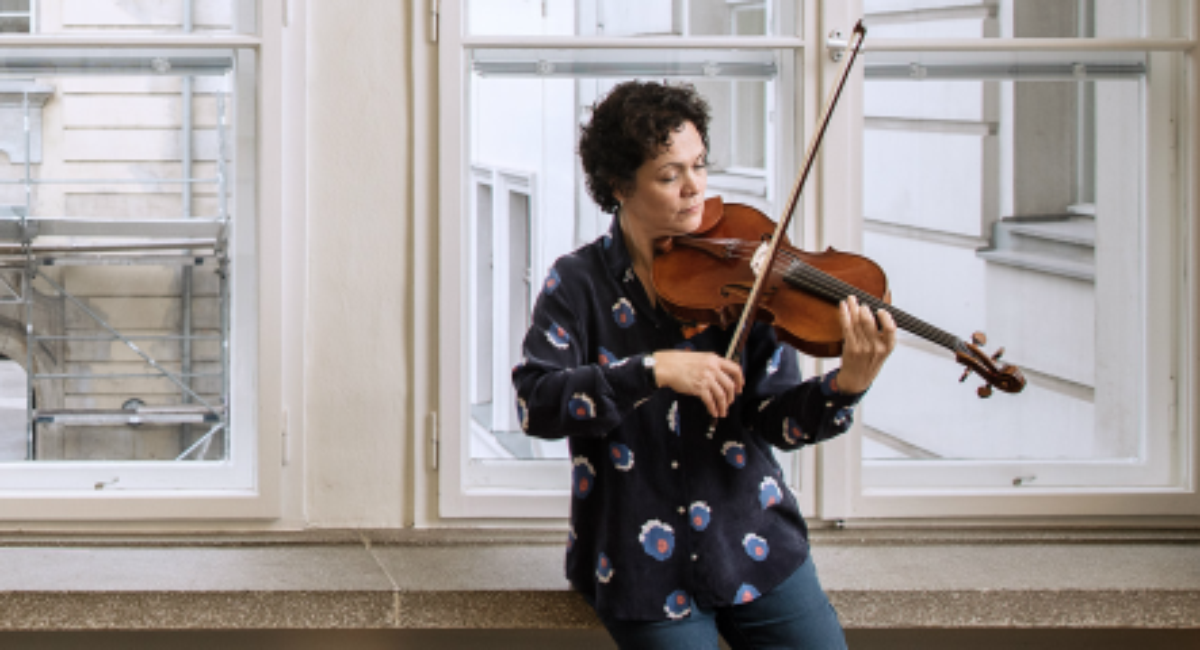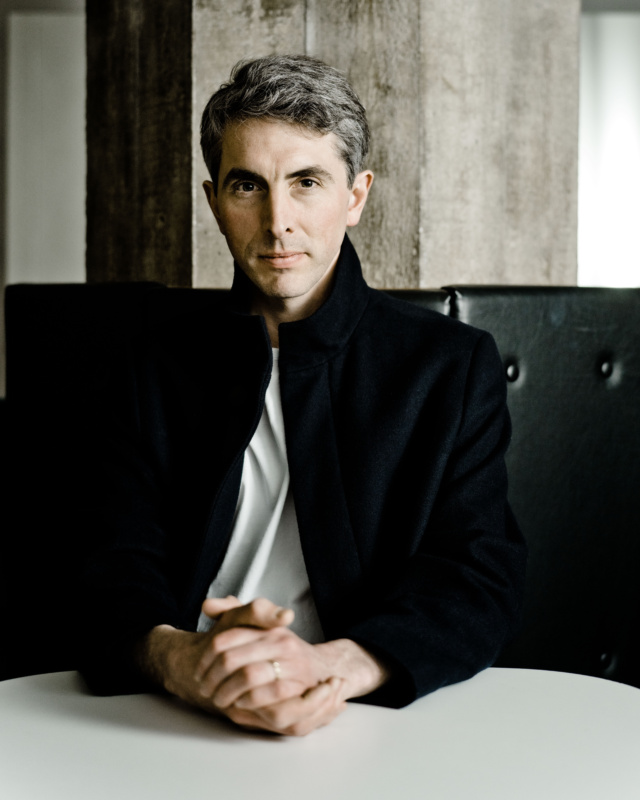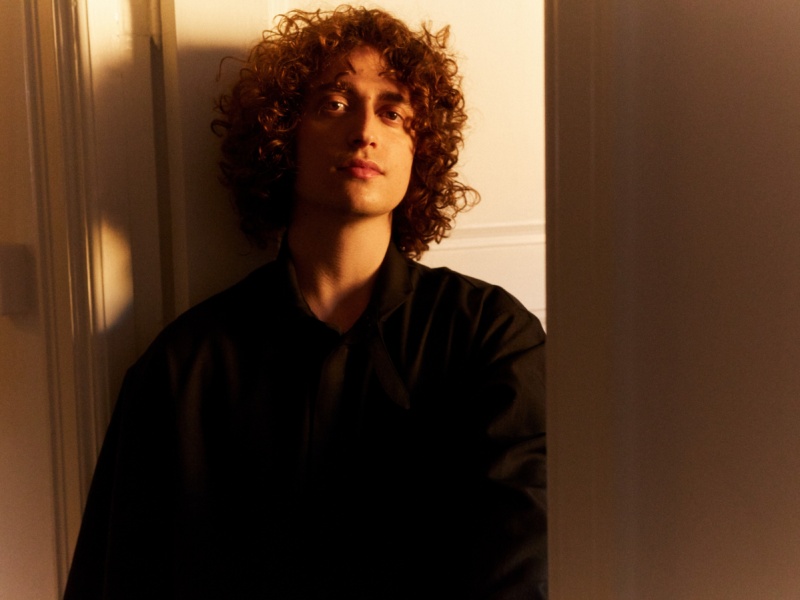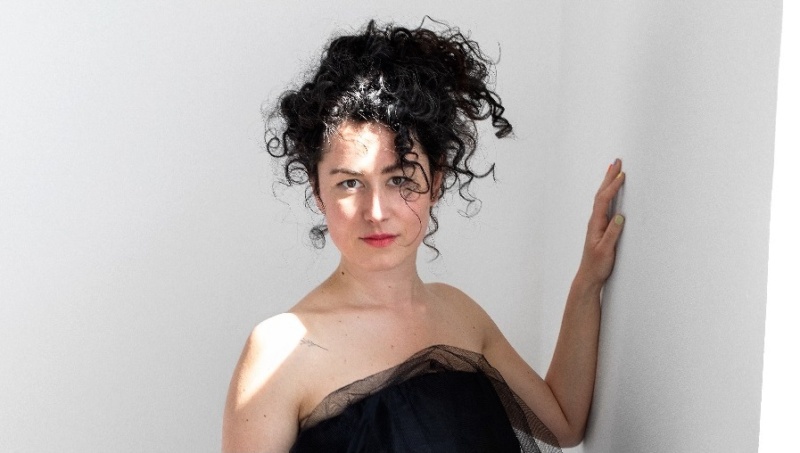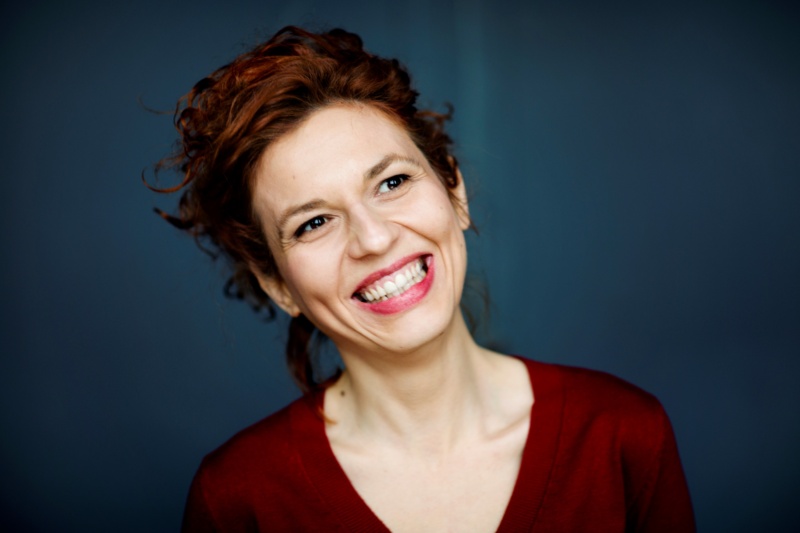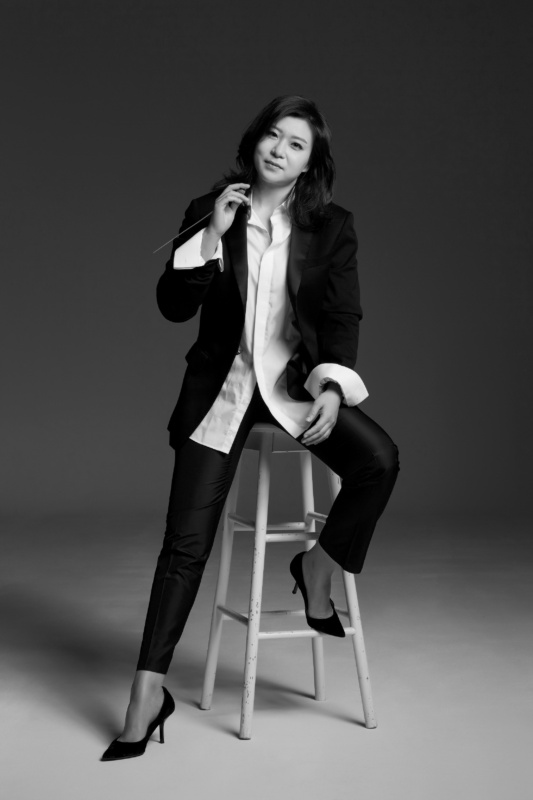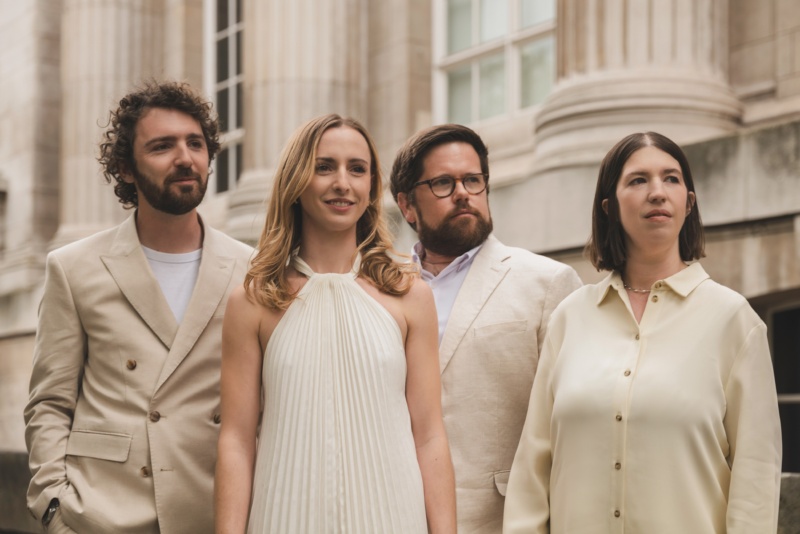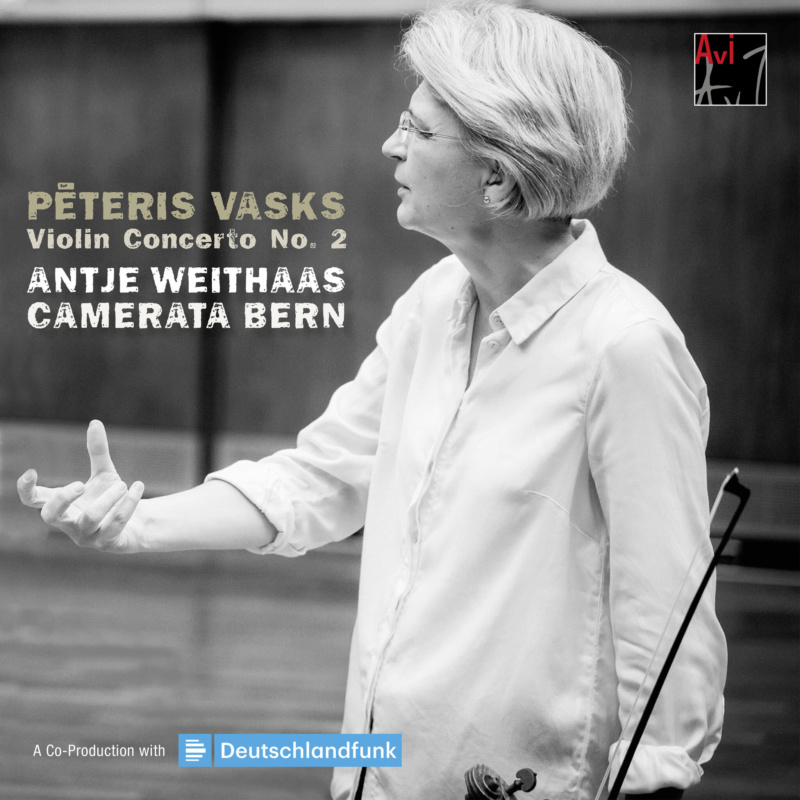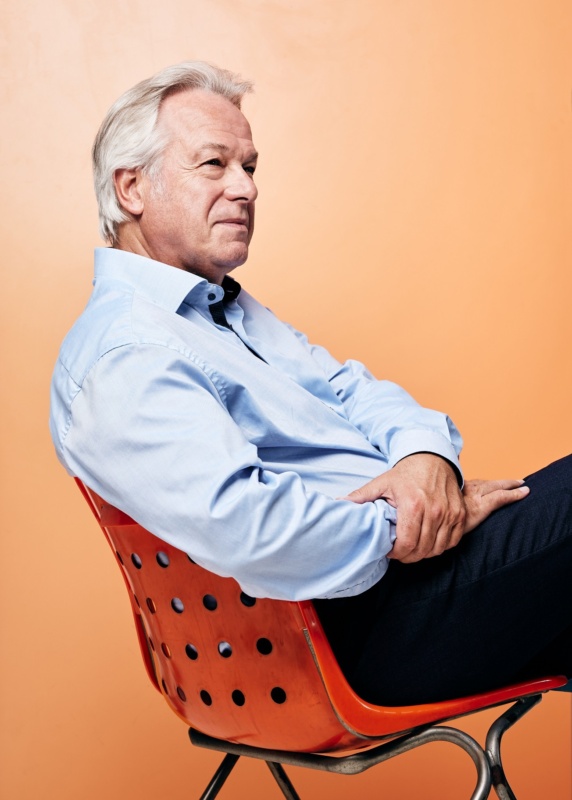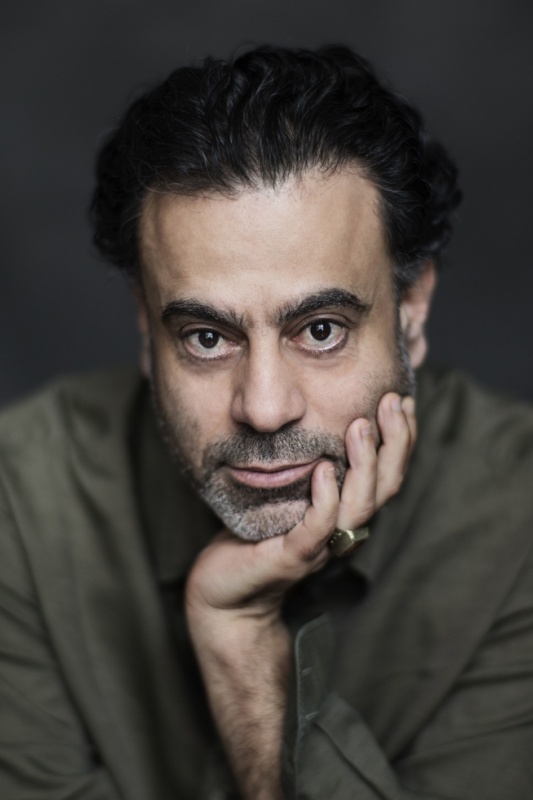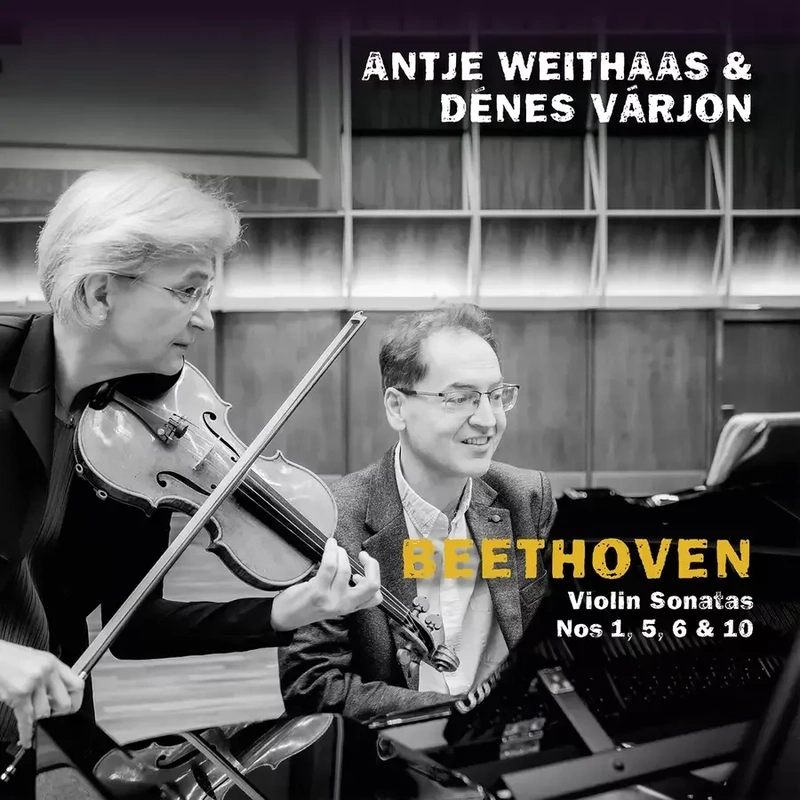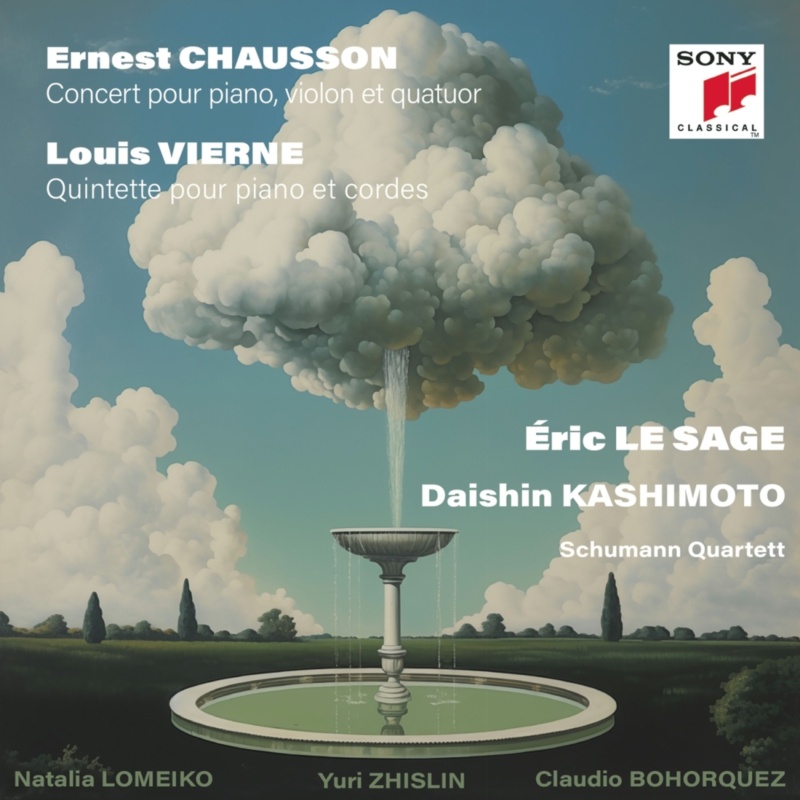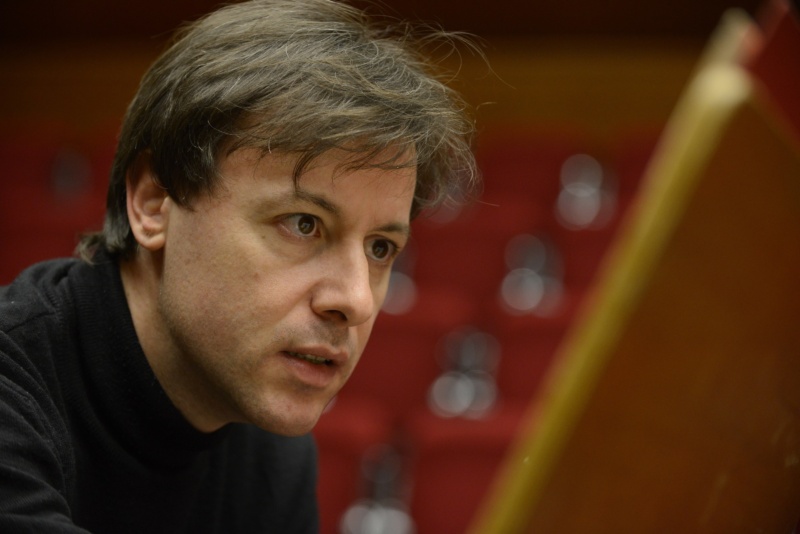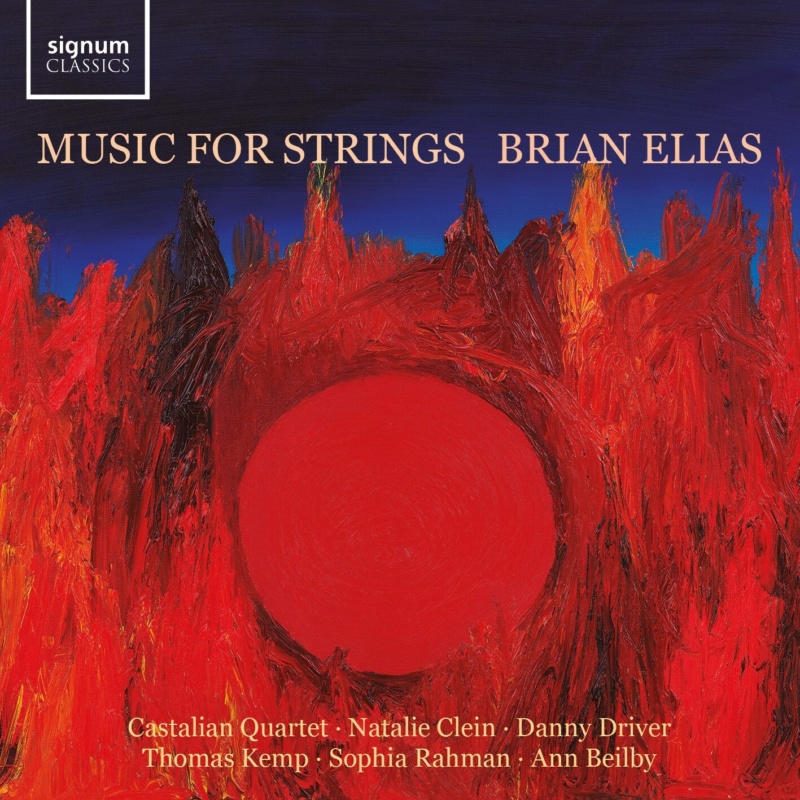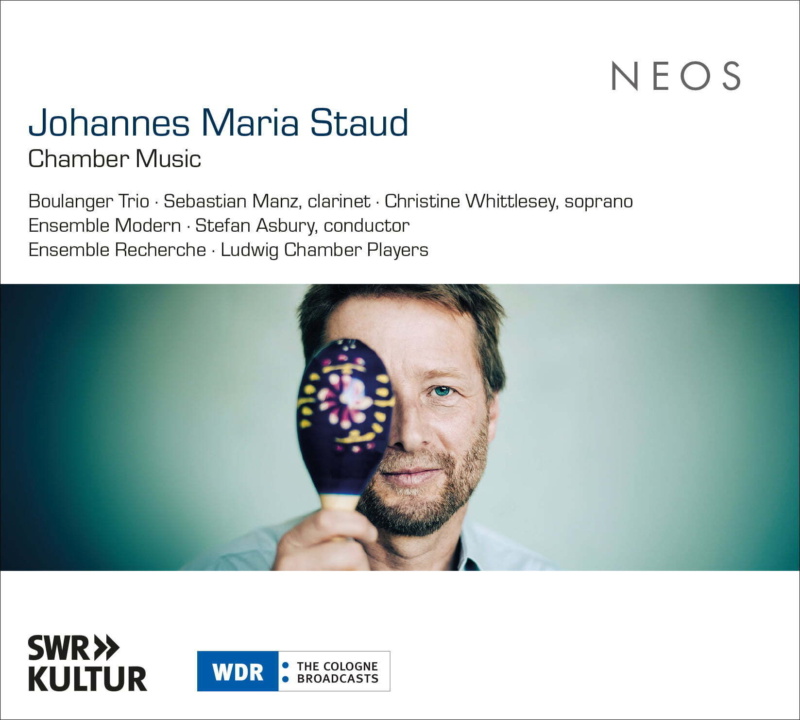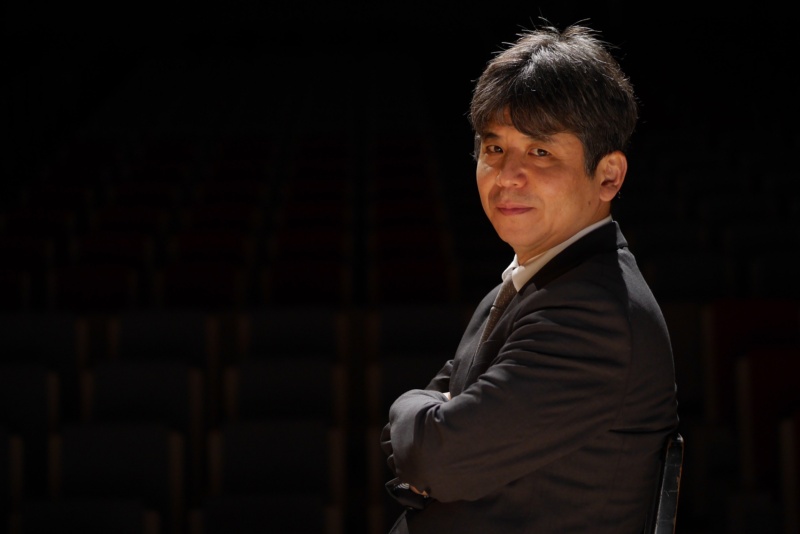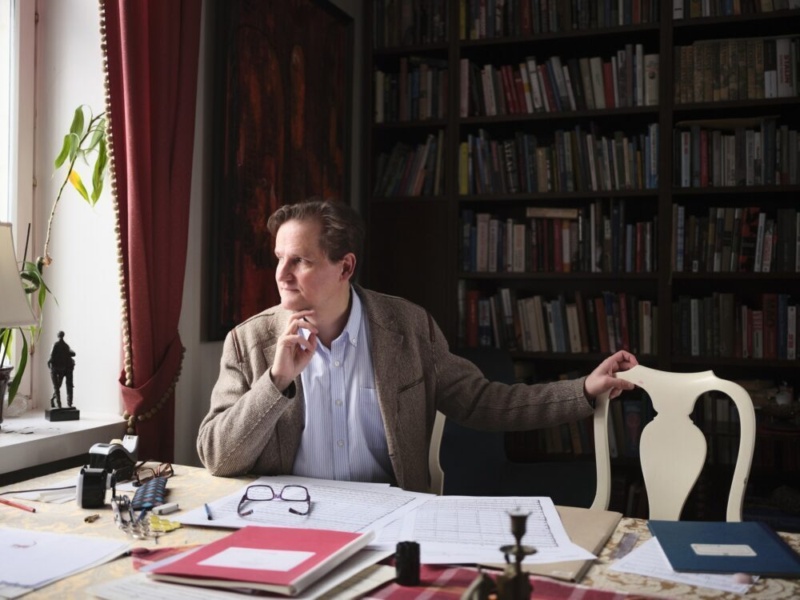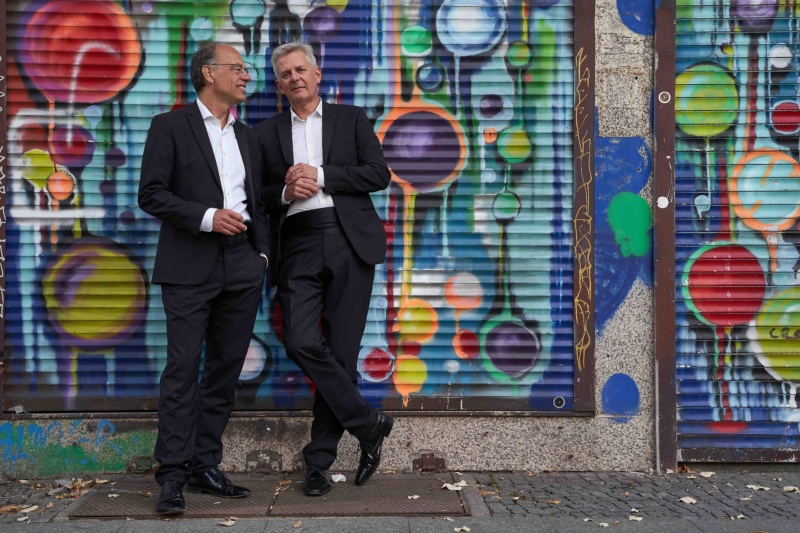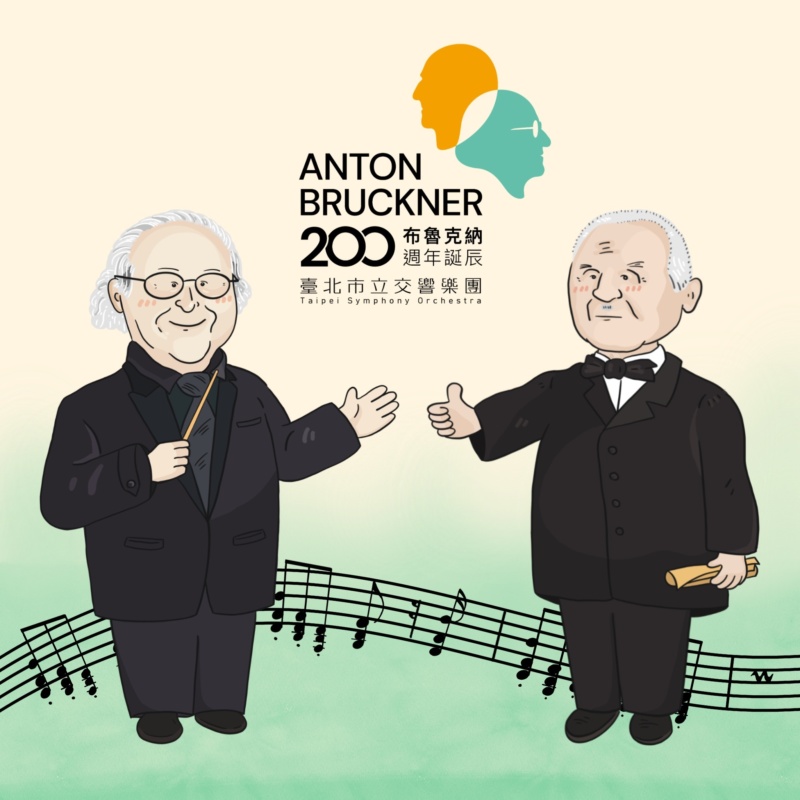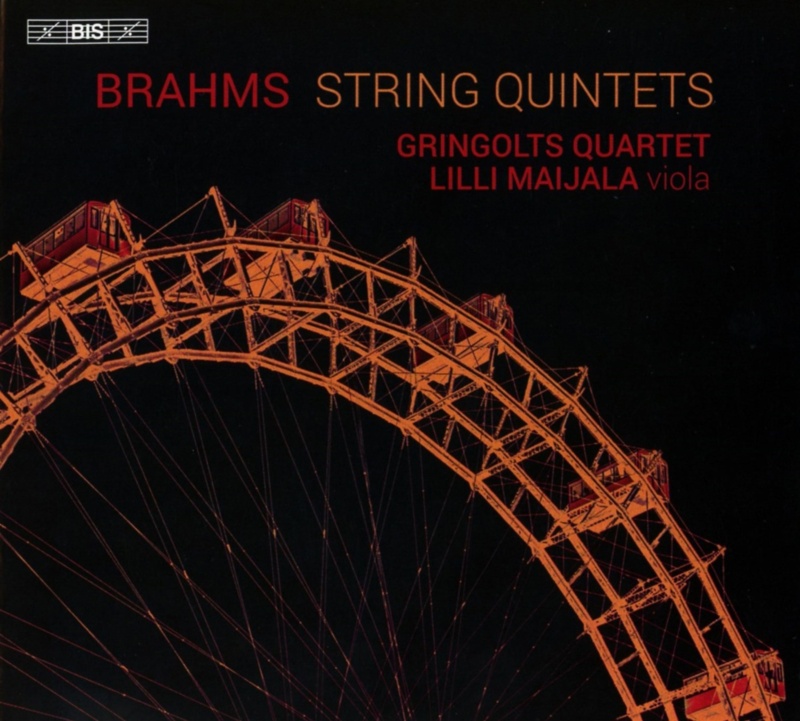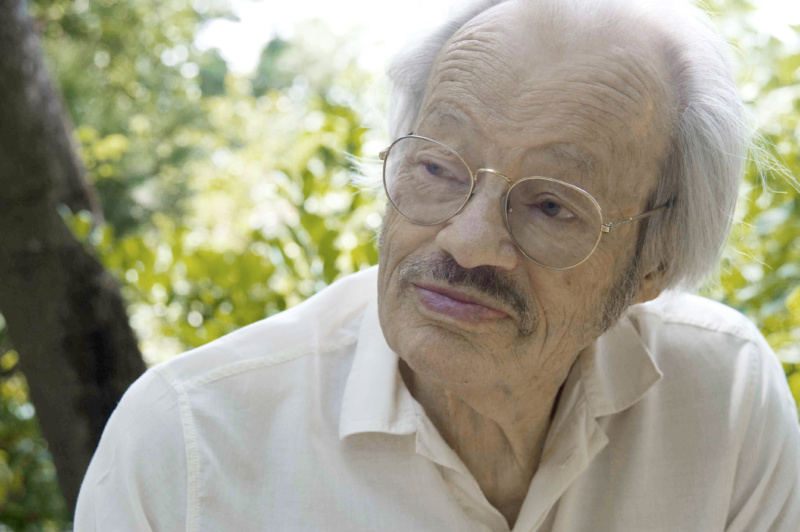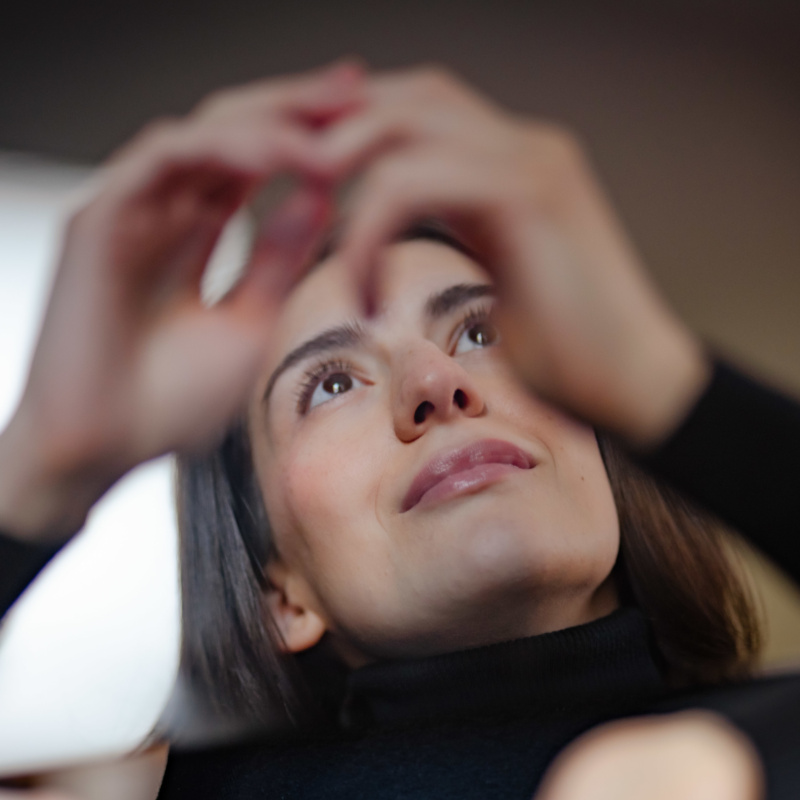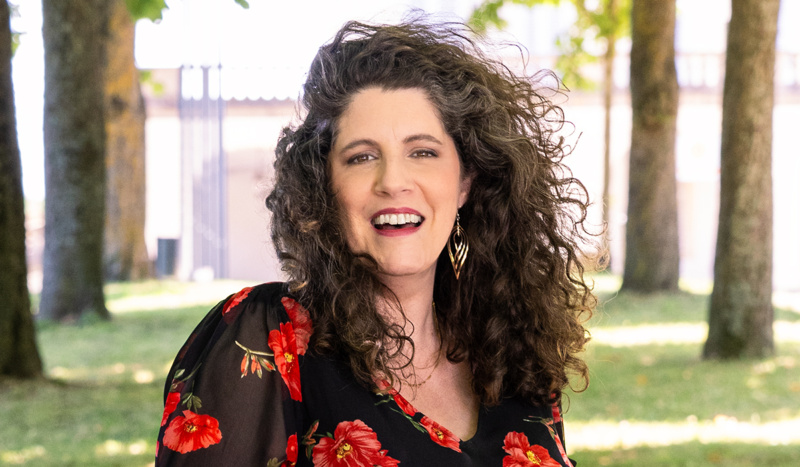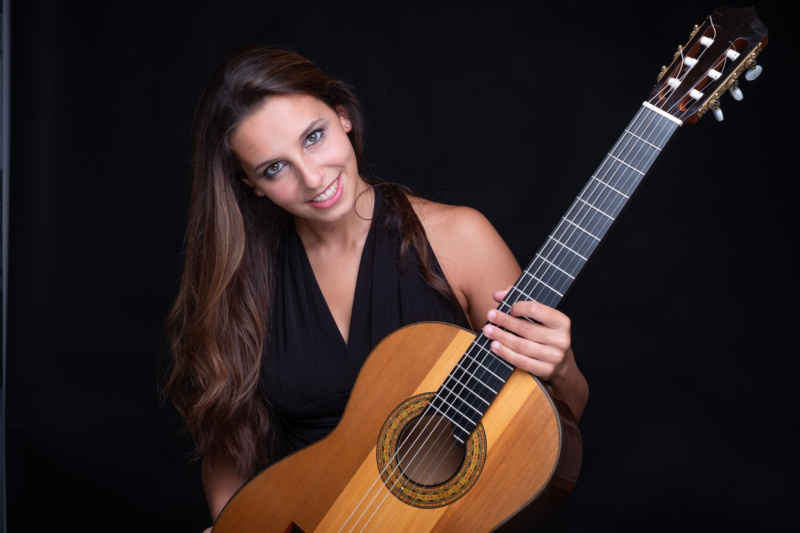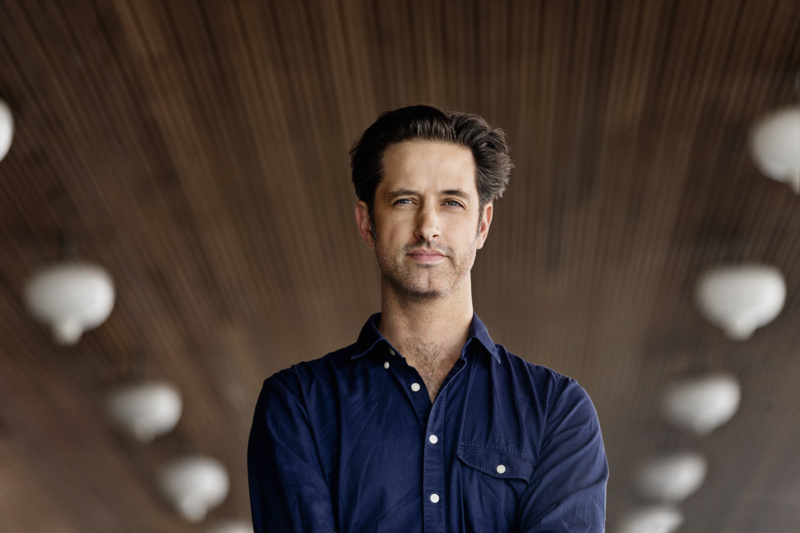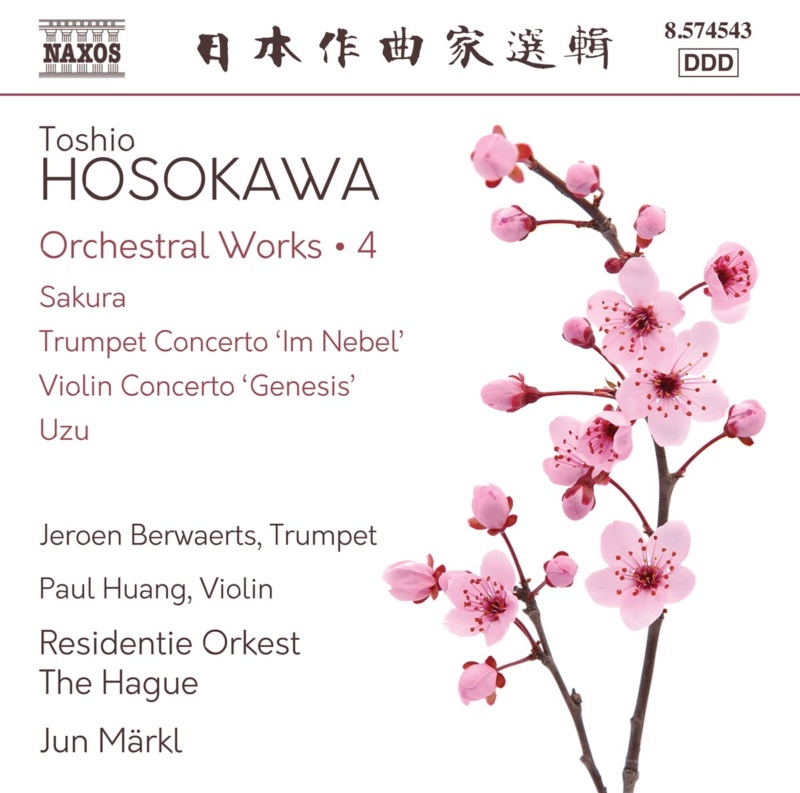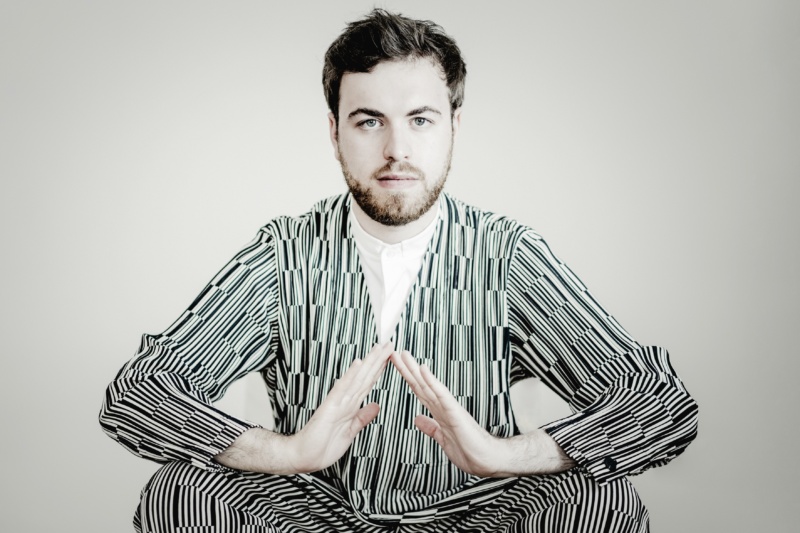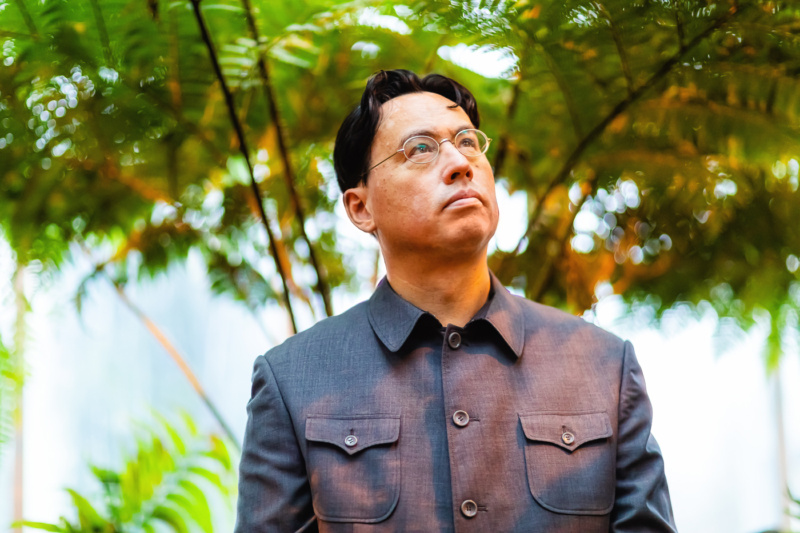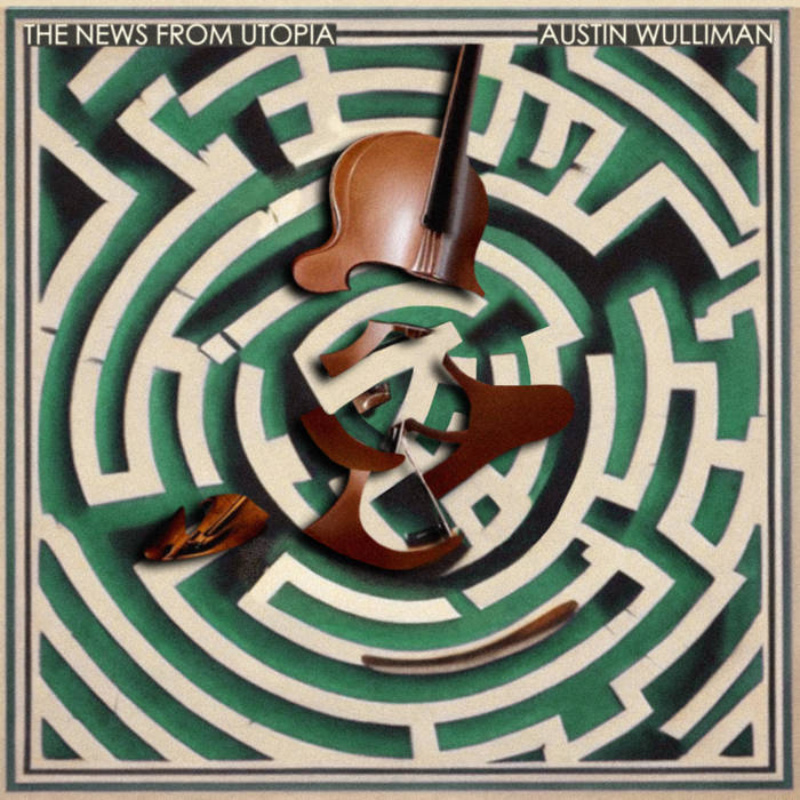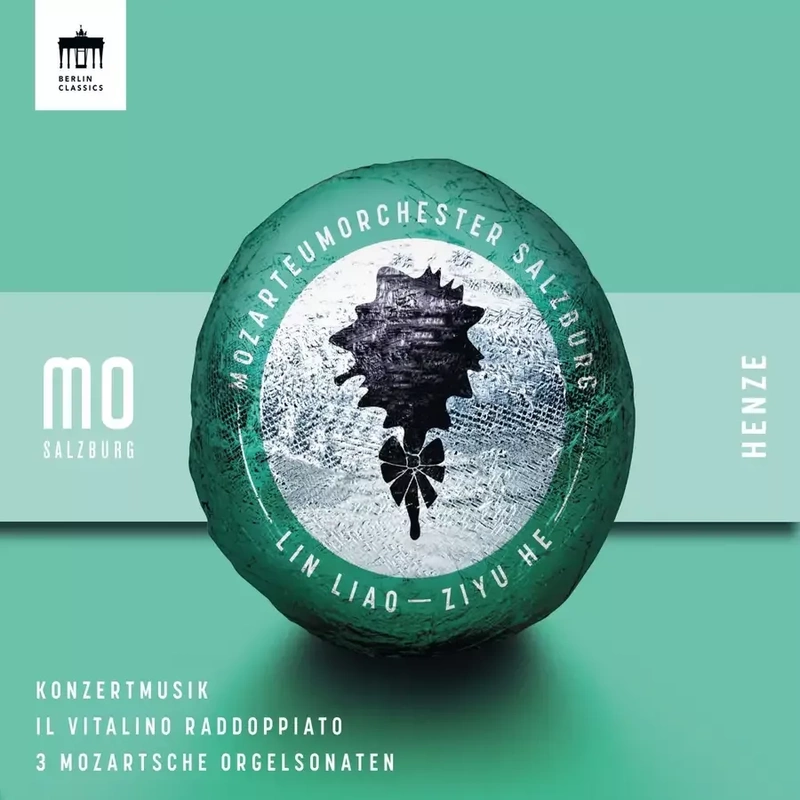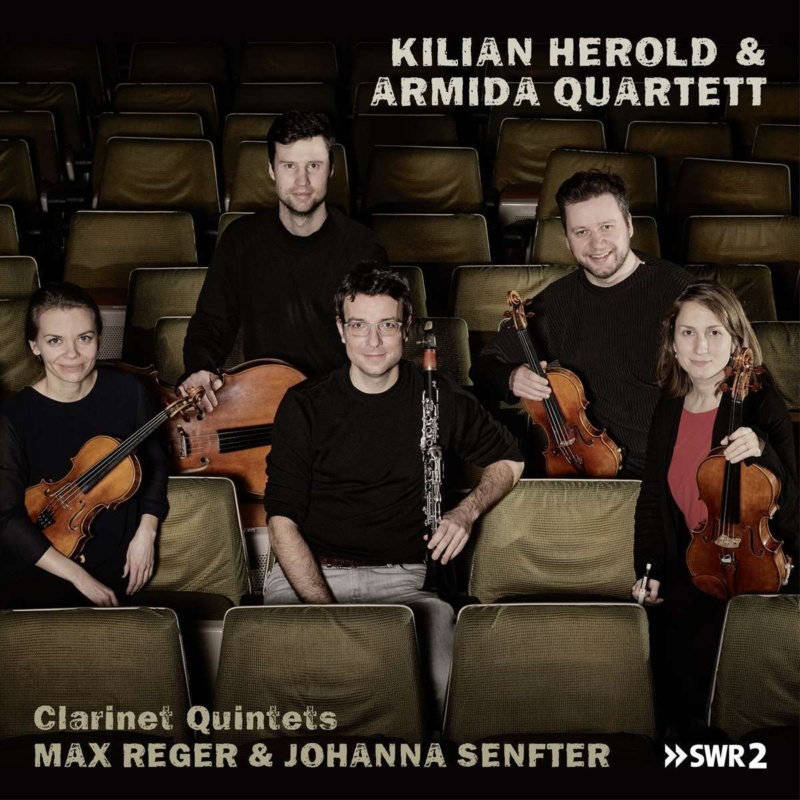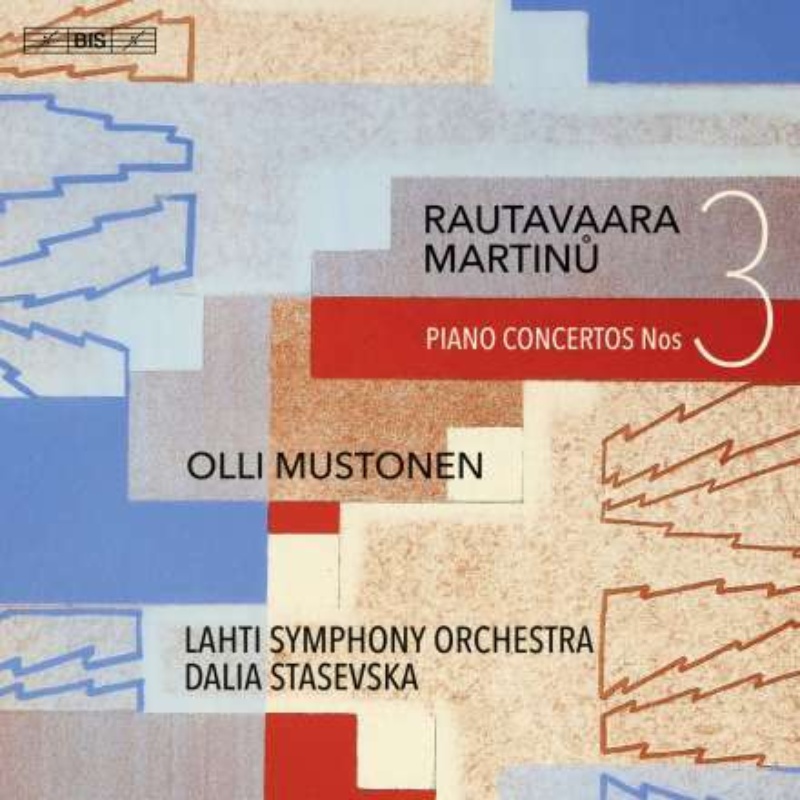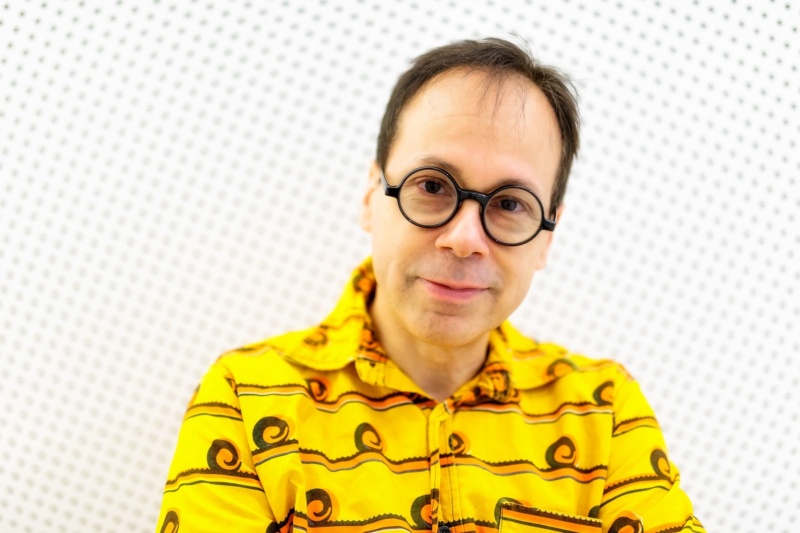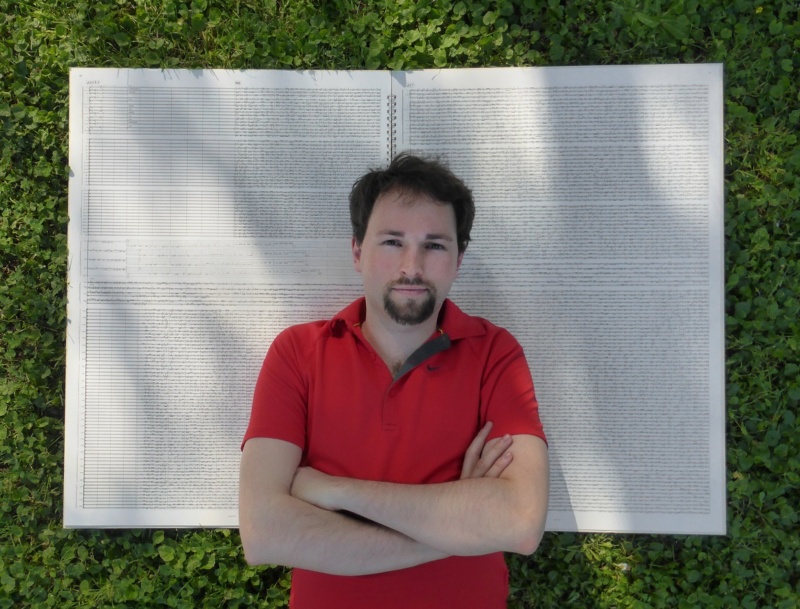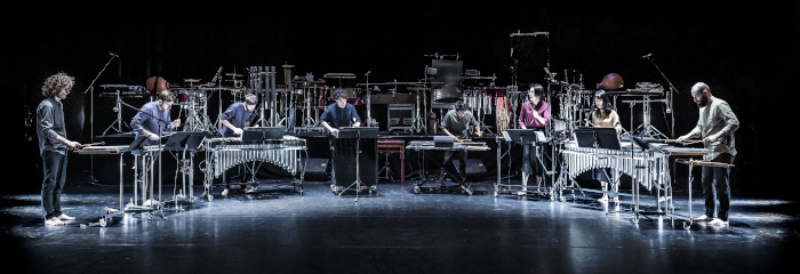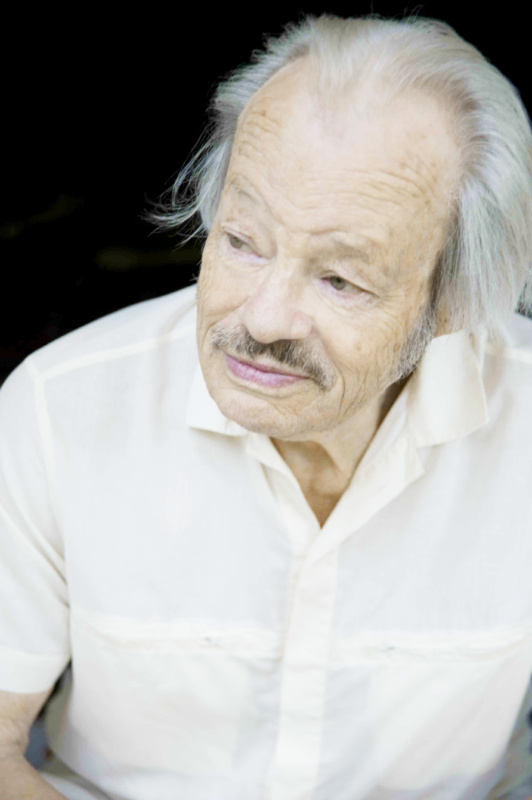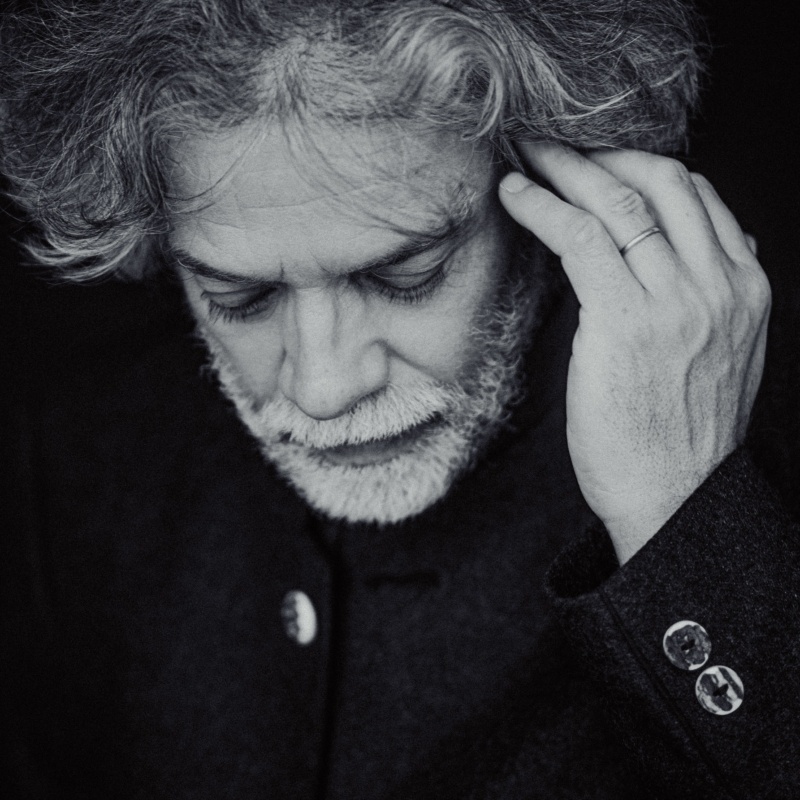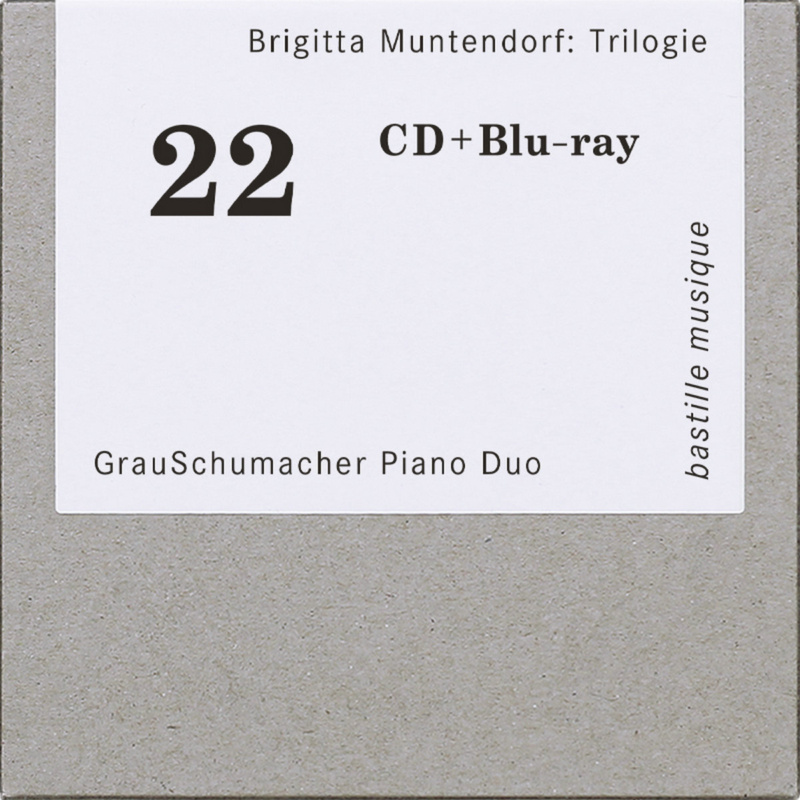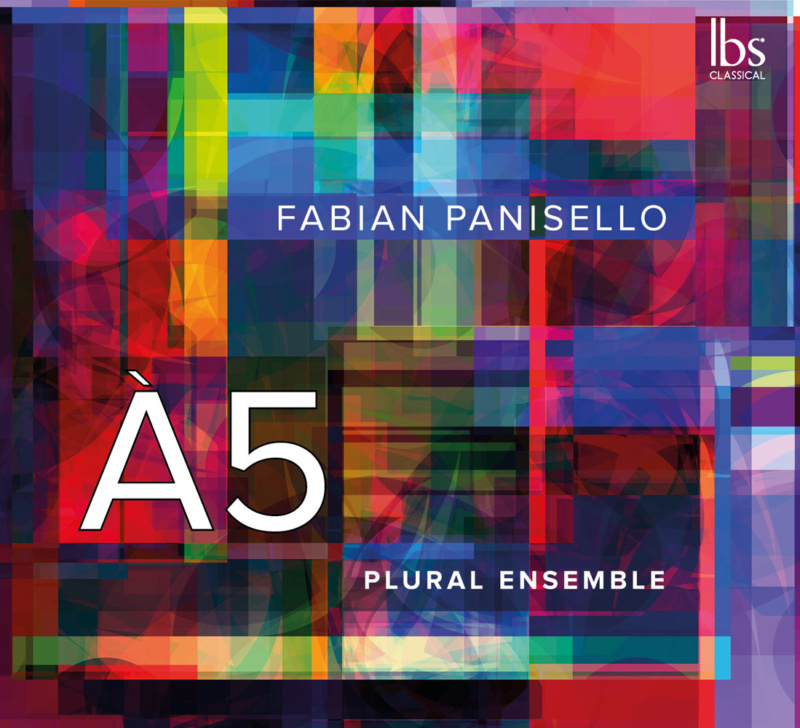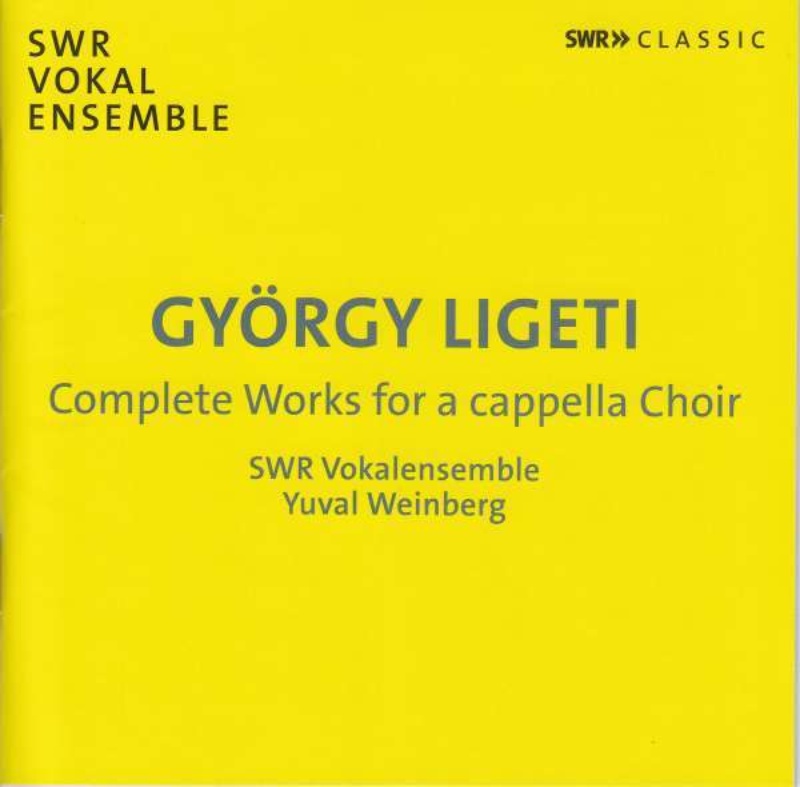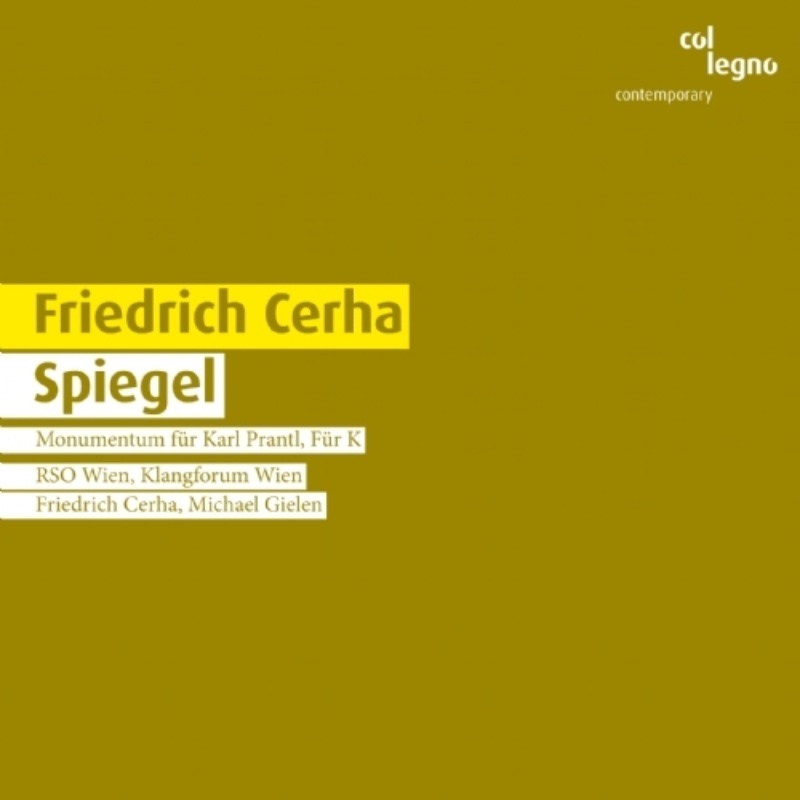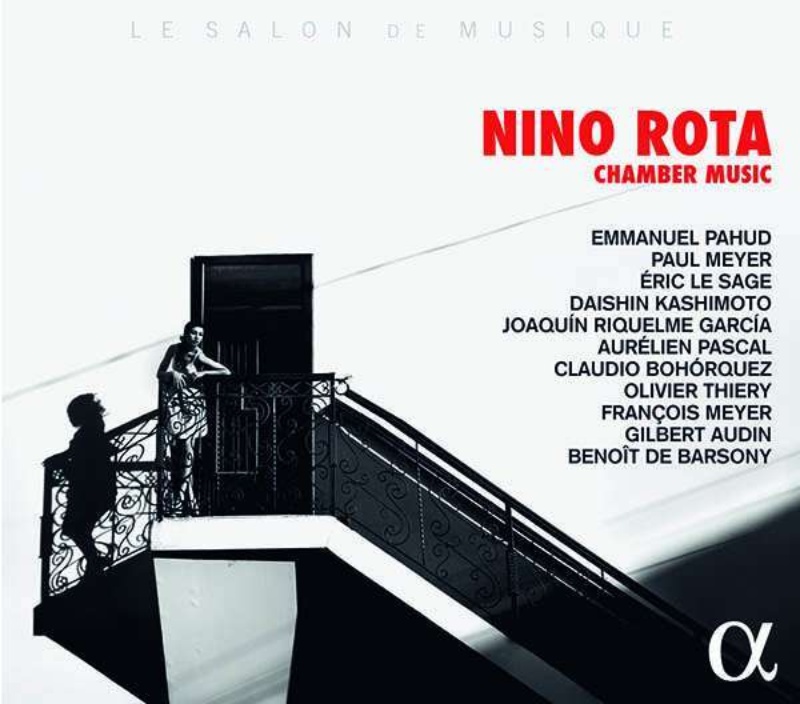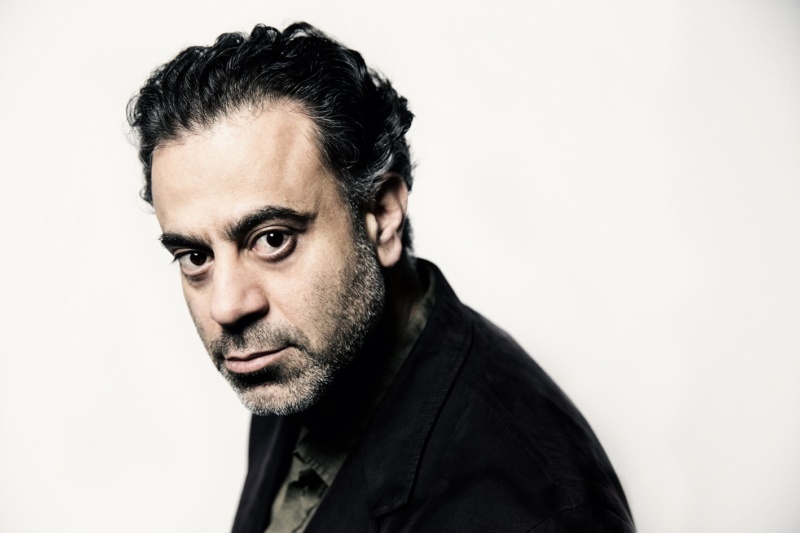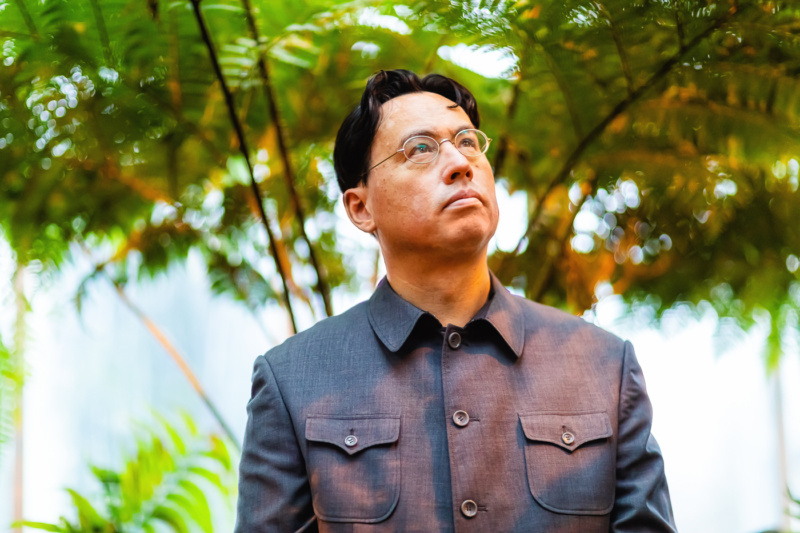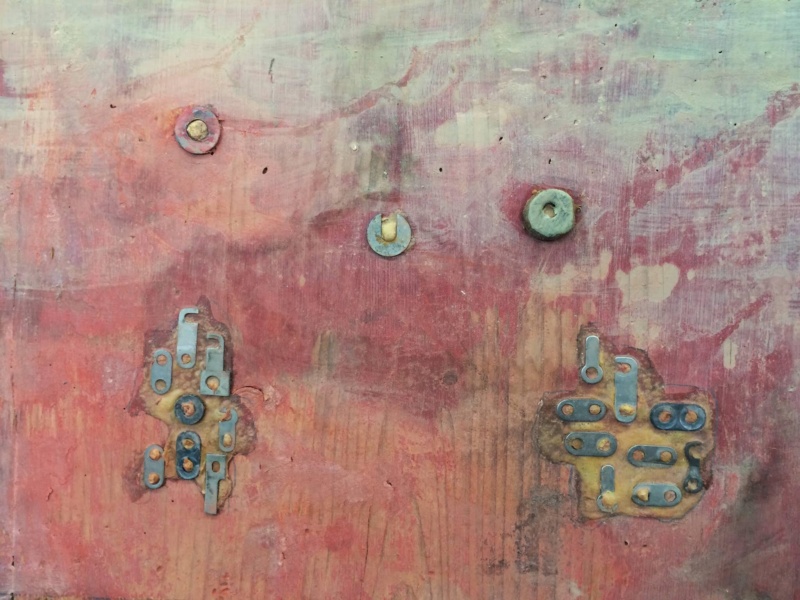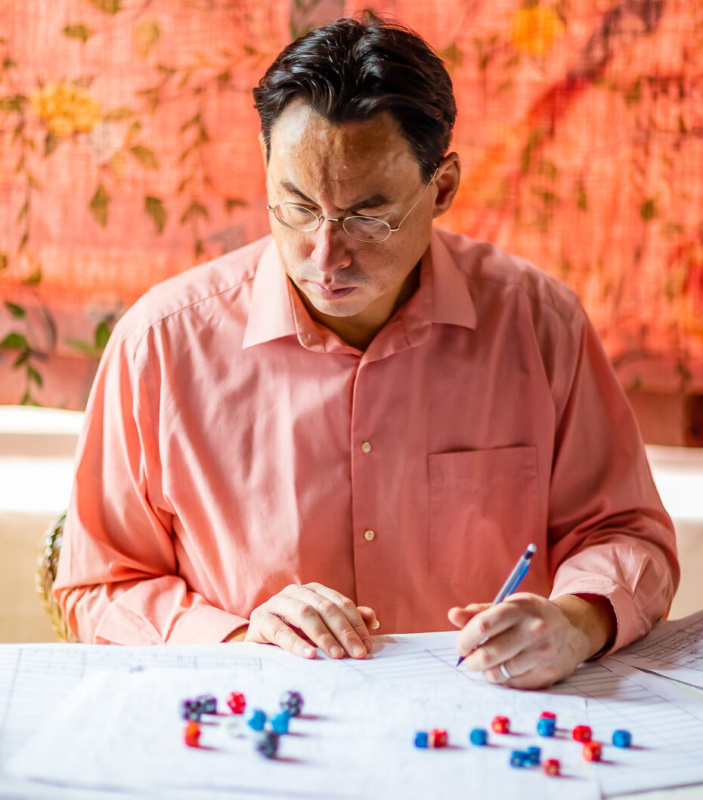At the award ceremony at the Prinzregententheater Munich, Tabea Zimmermann performed Luciano Berio's Naturale with percussionist Christoph Sietzen as well as, together with Ensemble Resonanz under Emilio Pomàrico, the premiere of Georges Aperghis' Migrants - Aria and Britten's Lachrymae.
We share Patrick Hahn's essay, which outlines Tabea Zimmermann's career and her perspective on music making, with the kind permission
of the author and the Ernst von Siemens Music Foundation.
The packaging industry, of all things: if one takes the information superhighway of the World Wide Web and goes directly to the virtual presence of Tabea Zimmermann’s birthplace, the marketing information underlines, among other things, the significance of the packaging industry for the Black Forest town of Lahr. There is nothing one would associate less with Ms Zimmermann – or simply ‘Tabea’, as she is known in musical circles – than the provision of empty packaging. (And there is no one far and wide who would remember anyone asking ‘which Tabea?’ when they heard the name, as if there could only be this one – which is undoubtedly the case.) In a music industry with more than its fair share of superficiality and artificiality, Tabea Zimmermann, or rather Tabea, has come to epitomise a musicianship based on integrity, on an authentic and personal stance that does not shy away from pointing out uncomfortable truths about the industry or going against its apparent inner laws, an artist who channels all her energy into getting to the heart of a musical work – and sharing this experience with her audience. ‘I’m so allergic to that’, she laughs, ‘when a performer places themselves before the work. But it’s modern now.’ A musician who seeks not to express herself, but a work. Dreams of an untimely individual?
The feeling of being untimely has accompanied Tabea Zimmermann since her youth: ‘As a girl who could play the viola very well but came from a strict, religious family, I already found myself “untimely” as a young person, because I seemed old-fashioned, somehow different. Being something of a loner, I just kept returning to making music, which always gave me a great sense of achievement in expressing myself to others and communicating through music. I manage to let listeners share in the way I look at familiar things in a new light every day. I’ve kept the feeling of not wanting to belong everywhere.’ She unquestionably belongs to the highest echelon of performers in her time, and has done so from an early age. Since winning first prize at the Concours de Genève in 1982, if not earlier, she has played her way into the international limelight – on an instrument of which Berlioz rightfully said: ‘Of all the instruments in the orchestra, it is the viola whose outstanding qualities have been overlooked for the longest.’ It is not least thanks to Tabea that the qualities of this instrument have reached a wider awareness – but more on that later. Let us dwell for a moment on said competition final, which was filmed for television and can still be called up from the depths of the Internet with the click of a mouse. Her long, dark curls plaited into a neat pigtail, Tabea enters the stage with swift steps. The white lace adorning the collar and sleeves of her long, high-necked and ankle-length dress, dark blue with white polka dots, hint at its wearer’s regional origins. But it is not this exterior, the ‘packaging’, that is arresting. It is the gaze of this girl, not even sixteen years old, that captivates us. There is such a seriousness in her large, round, brown eyes, a depth, a concentration, an immersion, a knowledge one would not expect in such young eyes. It is not until she welcomes the fourth round of applause with relief that the young musician’s seriousness gives way, for a few brief moments, to a smile that offers a mere hint at the disarming charm exuded by the Tabea of today. From the first bow stroke, however, there is the special tone that always makes us forget that Tabea is holding nothing on stage but varnished wood, wound strings and horsehair. And yet, in her hands, the viola sings as it does for no other, it sings and speaks with that unique, inimitable Tabea tone that continues to grow in richness, depth and beauty to this day. Where does this expression come from? ‘I imagine a multitude of small mirror surfaces in my soul’, Tabea relates, ‘and that every piece of music, every phrase, every movement, every theme touches something different in me; and by allowing those parts to reflect them, I can pass on something personal.’
To gain space for her soul to grow, she first had to conquer it. ‘Looking back, I would say that I was able to preserve my love of music not because of my strict upbringing, but in spite of it’, Tabea concedes matter-of-factly. When she began viola lessons at only three years of age – without taking the typical detour via the violin – she wanted to be like her sisters, who played the violin and cello. The three sisters often played as a trio while growing up. In total, there were six children: two boys followed the four sisters, who were already substantially older by then. The youngest of the talented sisters, Tabea, rapidly mastered her tasks, and was soon playing at competitions and rushing from one success to the next. With apparent ease, even if the adult Tabea, the violist and mother, now breaks out in a sweat when she looks at the practice diaries of her younger self: in her pietistic family home, her musical progress was scrupulously supervised and demanded. ‘Growing up, I constantly felt a conflict between my religious family and my musical training. Although our parents made us practise, music was simultaneously the door to the outside world.’ She was only eleven years old when she joined the state youth orchestra, founded by her teacher, and repeatedly astonished the others with the way she communicated totally naturally at spontaneous chamber music sessions, even when playing pieces she had never seen before. ‘I was already a good sight-reader by then – and I’d practically been born into chamber music. I played extracts from The Art of Fugue for the first time in a string quartet, at the age of four.’ No one who has witnessed Tabea Zimmermann directing even large ensembles with her viola will find it difficult to imagine the amazement among her fellow musicians when their young colleague took the helm from the viola desk. Tabea Zimmermann has even directed numerous symphonies with renowned chamber orchestras as a violist, especially in her close collaboration with Hamburg’s Ensemble Resonanz – with the strength that comes from the middle register. ‘Of course, playing in a string quartet was also something that taught me to think far more in terms of the score than just as a soloist. This perspective grows from one work to the next, from one concert to the next. And it’s always enjoyable to observe from the middle what’s happening around one. But one’s perspective also changes with experience.’
It was not only playing in a string quartet – starting in 2004, her collaboration with Antje Weithaas, Daniel Sepec and Jean-Guihen Queyras as the Arcanto Quartet became an important part of her development – but also her encounter with New Music that aroused Tabea Zimmermann’s interest in looking beyond the soloist’s purview and seeing the big picture. ‘I think it was an amazing opportunity for me that I came to New Music so early on. It started while I was still at school’, she recalls. ‘I had a music teacher who also composed, and when I was around twelve, he wrote a solo piece for me to play in a competition. That was the first time I went on stage with a premiere, which was a very special experience for me: to let something come into being, to be offered this experience of working with a composer, understanding their ideas, learning to read scores in a different way and discover things. I really enjoyed that from the start.’ One particularly crucial experience was her encounter with Bernd Alois Zimmermann’s Antiphonen. ‘This was a piece my viola teacher couldn’t teach me, and then I went to my composing music teacher, who was moref able to explain the language of the music to me. In New Music, it simply doesn’t work if one just practises one’s part and then puts it together with the others. I need to have a different view of the whole from the start, and only then add my part to the context, otherwise I’m lost. I have to think about the structural and compositional aspects, and be able to adopt the composer’s view.’ This recalls the eponymous protagonist in Berlioz’s Harold in Italy, the viola hero who resembles not so much Lord Byron’s literary figure as the composer himself on his wanderings through Abruzzo, and whom Tabea embodies so inimitably when she describes her ideal approach to a score. ‘I imagine the score as a map, and then, when I take the walk, when I’m actually standing on stage, I don’t walk along the same path every day, but maybe around a certain area. Then there’s a church spire over here, a field here and a hill over there, but each time one wanders through it slightly differently, and the fact that there’s this freedom is liberating for me too. I’d find the notion of having to reproduce exactly the same thing every time I play a piece very, very restrictive.’
A violist naturally experiences the Classical-Romantic repertoire from a different angle compared to a violinist or a pianist, and Tabea Zimmermann finds it impossible to say whether she would have played so much modern music if she had become a violinist. But it almost seems as if it was not she who looked for the composers, but the composers who looked for her. Like György Ligeti, who, after hearing her premiere a viola concerto by Mark Kopytman in Cologne, issued the following threat: ‘Ms Zimmermann, I am Ligeti. If you continue to play like this, you will end up receiving a piece from me.’ The rest is music history, and Ligeti’s sonata for solo viola, inspired by Tabea, is a standard work of the modern viola repertoire. ‘My exchange with him continued for a number of years, and the high expectations Ligeti had of me as a performer were very challenging, but also very good for me. It was similar with György Kurtág. If you work with him, you can forget right away about anything like praise. It’s never good enough, however hard you try. It’s very difficult work. If you can deal with that, the work is very fulfilling. With Kurtág, for example, there’s this strong expressive power, the freedom of his notation. For me that really opened up new worlds.’ Kurtág expressed his gratitude in a different way, in the form of a small ‘Flower for Tabea’ from his cycle Signs, Games and Messages. Recent challenges Tabea Zimmermann has confronted in the concert hall include a new, highly virtuosic concerto by Michael Jarrell; a concerto by York Höller, imbued with an almost Classical sense of form, poetic invention und structural clarity; or the viola concerto Filz, written for her by Enno Poppe. Snapshots document the degree of physical self-sacrifice this performer was prepared to undergo in their collaboration: deep black furrows were carved into her fingertips after practising the hellish glissando and vibrato variations, in a piece where the composer takes the viola apart and puts it together in a new form. But there is enough space in Tabea’s broad aesthetic cosmos to encompass polar opposites. A work she values highly is the concert piece Monh, for example, written for her by the Australian-Luxembourgish composer Georges Lentz. ‘When I saw the score, I thought: “Page after page of the solo instrument playing triple pianissimo – how can that work?” That was an initial, unqualified judgement! Later on, I came to realise that I’d been wrong, that he knew exactly what delicate sounds there are. And that’s what really excites me about making music: subtle differences. A big tone is one thing, but it’s just a very small element of what constitutes music.’ This struggle for subtle differences also feeds back into her engagement with the music of the past. ‘The music for which I’ve learnt the most from working on New Music is Beethoven. Works by someone like Beethoven can be understood better with a knowledge of the new sounds and colours, the imagination and invention of today’s music.’
The list of works performed and premiered by Tabea Zimmermann also includes many by Israeli composers – an indication of the close biographical link that Tabea, who is fluent in Hebrew, has maintained to this day. This first came about through her marriage with the conductor David Shallon, the father of her two sons Yuval and Jonathan, who died unexpectedly from an allergic reaction in 2000 while Tabea was expecting their second child. ‘I could never have imagined that it was possible to die so quickly. The only positive thing about that tragic situation was the fact that I was there with Yuval, that I could experience that moment and say goodbye. Otherwise I’m sure I would never have understood how someone can leave and never come back’, Tabea confided in the filmmaker Ruth Schocken Katz in her film portrait. The connection to Israel continued with her second husband Steven Sloane, with whom she has a daughter, Maya. Tabea currently lives in Berlin, where, as a professor at the Hanns Eisler Academy of Music, she has trained numerous violists who have gone on to become soloists or take leading positions in major orchestras. ‘Teaching and exchange with young people mean a great deal to me’, Tabea underlines. ‘It’s also very important to me to confront them with ideas about values, and to pass on something through the music that can, I hope, help them through life.’ In the best cases, they learn something from Tabea about the secret of overcoming time. ‘In music, one can stretch time even in a single note. Give breath to the listener in the shaping of a phrase. Very often, that’s what I want to pass on to people: a desire to make time stand still, or to overcome it through sound. In the same way a small Japanese garden constitutes an oasis in Japanese culture, I see every piece of music, to an extent, as a chance to withdraw from our loud, fast and rough world.’ A musician who is capable of overcoming reality before returning to it and working in it: the Black Forest town of Lahr should consider mentioning this on its website as its most important export.
Quotations by Tabea Zimmermann, unless indicated otherwise, are taken from a conversation with the author in Kronberg on November 11, 2019.
Translation: Wieland Hoban
